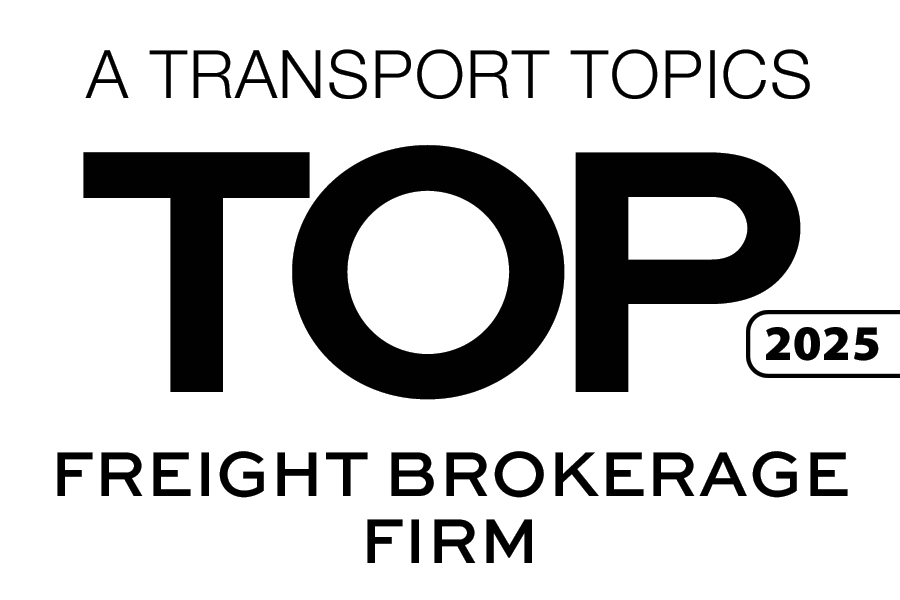Are Your Stakeholders Hurting Your Bottom Line?
April 21, 2022

Are stakeholders in your organization driving your short-term costs down, but really creating bigger expenses in the long-term?
In any company, there are multiple stakeholders. These could include departments for finance, procurement, sales, customer service, quality assurance, distribution and more. Each group has its own unique priorities and expectations. Though each works together toward a common goal, the needs of each stakeholder group sometimes clash. Reconciling these differences often falls to the finance department, which works across all levels to determine a budget that makes sense and benefits the company as a whole.
Competing budgetary goals between various stakeholders is especially common in the field of shipping and logistics. Carriers, shippers, and brokers all depend on each other to provide a crucial piece of the puzzle, and each have their own bottom lines to consider along the way.
How can budgetary costs be accounted for and reduced? Find out in Episode 5 of the Stay In Your Lane Podcast
Forecasting a logistics budget can be especially complicated given the intricacies at play in this field. Even the best predictions often fall short, stretching budgets to their limits. These unpredictable conditions have been made even more volatile due to the ongoing industry-wide disruptions that began during the pandemic.
There are many ways to tackle budgetary uncertainty in the transport industry, each with its own potential pitfalls. Shippers may choose to budget flat, allowing for no increase or decrease from the previous budget. This obviously leaves little room for error. On the opposite extreme, brokers may warn shippers of exorbitantly high rates ahead of time. Such rates will likely account for higher budgetary demands but could leave shippers feeling their own bottom line has been compromised.
With so many parties working to collaborate in a way that makes sense for their own budget, the risk of cutting corners is introduced. This is of course a flawed solution, as sacrificing quality in elements of the supply chain will inevitably lead to bigger costs in the long-term. For example, signing a cut rate carrier in the name of a targeted 3% budget reduction could quickly yield an even bigger expense once service failures begin adding up.
How should a conversation between stakeholders be navigated? For this and more, watch Episode 5 of The Stay In Your Lane Podcast
Understanding between stakeholders helps maintain realistic budgetary expectations. By now, stakeholders across every facet of the industry are aware of pandemic-related disruptions to the supply chain and the pain those difficulties can bring. Understanding and accepting the consequences of these disruptions can go a long way toward maintaining a business relationship. The same is true for unforeseen budgetary challenges in general.
To mitigate circumstances that can negatively affect one party’s budget, it is important for all stakeholders to view each other as valued partners. One partner might accept that a higher rate is the cost of doing business one day, as long as they can rely on their counterpart to show them the courtesy of a normalized rate once conditions have stabilized. As with all relationships, respect and openness between stakeholders is key to clearing budgetary hurdles in the long run.
As a reputable broker with decades of experience in nationwide transport, let Triple T help your organization navigate the relationships needed for a sustainable operation. Contact us today to learn more.














